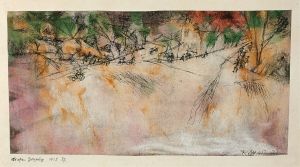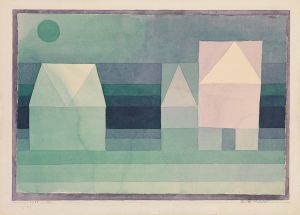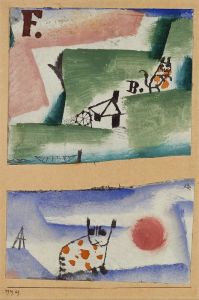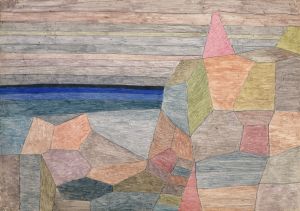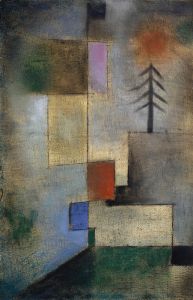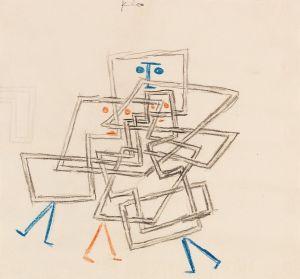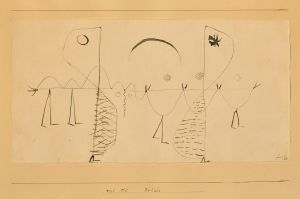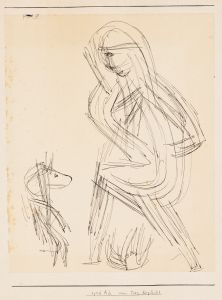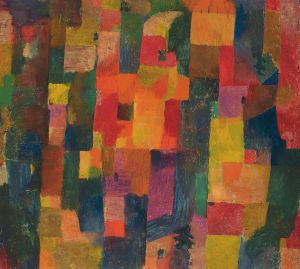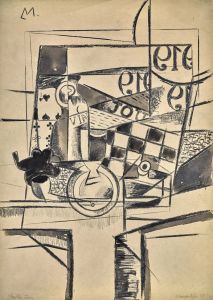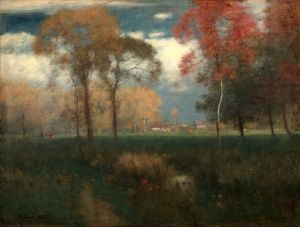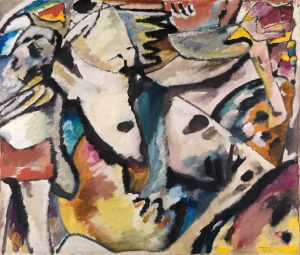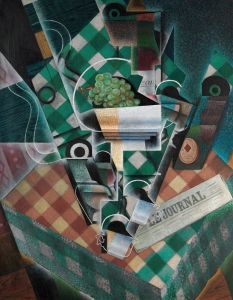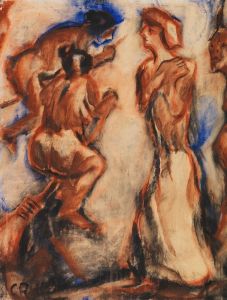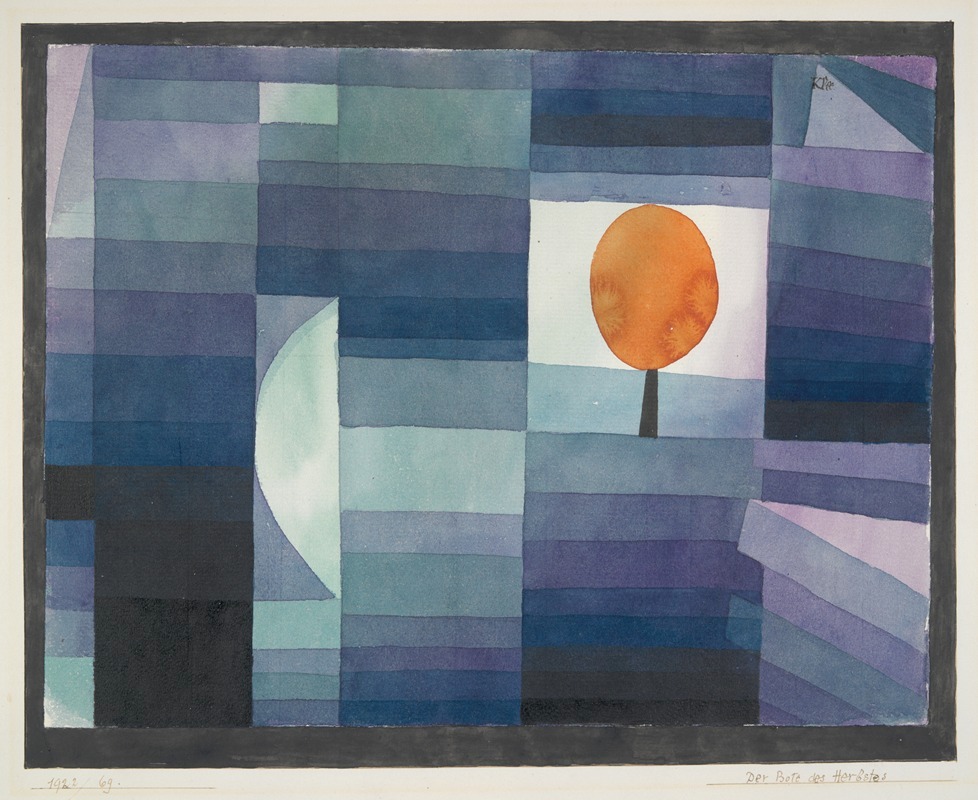
The Harbinger of Autumn [green and violet gradation with orange accent]
A hand-painted replica of Paul Klee’s masterpiece The Harbinger of Autumn [green and violet gradation with orange accent], meticulously crafted by professional artists to capture the true essence of the original. Each piece is created with museum-quality canvas and rare mineral pigments, carefully painted by experienced artists with delicate brushstrokes and rich, layered colors to perfectly recreate the texture of the original artwork. Unlike machine-printed reproductions, this hand-painted version brings the painting to life, infused with the artist’s emotions and skill in every stroke. Whether for personal collection or home decoration, it instantly elevates the artistic atmosphere of any space.
Paul Klee's painting "The Harbinger of Autumn [green and violet gradation with orange accent]" is a notable work by the Swiss-born artist, who is renowned for his unique style that blends elements of expressionism, cubism, and surrealism. Klee's work is characterized by his use of color and his ability to convey complex ideas through simple forms.
Paul Klee was born on December 18, 1879, in Münchenbuchsee, Switzerland. He was a highly influential figure in the development of modern art in the early 20th century. Klee's artistic journey was marked by his exploration of color theory and his innovative approach to form and composition. He was associated with several avant-garde movements and was a member of the Bauhaus school, where he taught alongside other prominent artists such as Wassily Kandinsky.
"The Harbinger of Autumn" is an exemplary piece that showcases Klee's mastery of color and his ability to evoke mood and emotion through his work. The painting features a gradation of green and violet hues, with an orange accent that adds a striking contrast. This use of color is typical of Klee's work, where he often employed a limited palette to create depth and interest.
Klee's interest in color theory was influenced by his time at the Bauhaus, where he developed his ideas about the psychological and emotional effects of color. His work often reflects a deep understanding of how colors interact with each other and how they can be used to convey meaning. In "The Harbinger of Autumn," the choice of colors suggests a transition, possibly reflecting the changing seasons and the onset of autumn.
The title of the painting, "The Harbinger of Autumn," suggests a theme of change and transformation. Autumn is often associated with the end of a cycle and the beginning of a new one, a concept that Klee may have been exploring through his use of color and form. The painting's composition, with its gradation of colors, can be seen as a metaphor for the gradual shift from one season to another.
Klee's work is often described as poetic and musical, and "The Harbinger of Autumn" is no exception. The painting's harmonious blend of colors and its subtle composition create a sense of rhythm and movement, inviting viewers to engage with the work on an emotional level.
Throughout his career, Paul Klee produced over 9,000 works, each reflecting his unique vision and innovative approach to art. His legacy continues to influence artists and art enthusiasts around the world, and his work remains a subject of study and admiration.
In summary, "The Harbinger of Autumn [green and violet gradation with orange accent]" is a testament to Paul Klee's skill as a colorist and his ability to convey complex themes through simple yet powerful compositions. The painting captures the essence of change and transformation, a recurring theme in Klee's work, and exemplifies his contribution to modern art.





